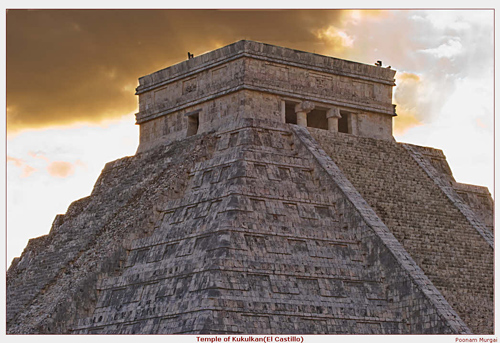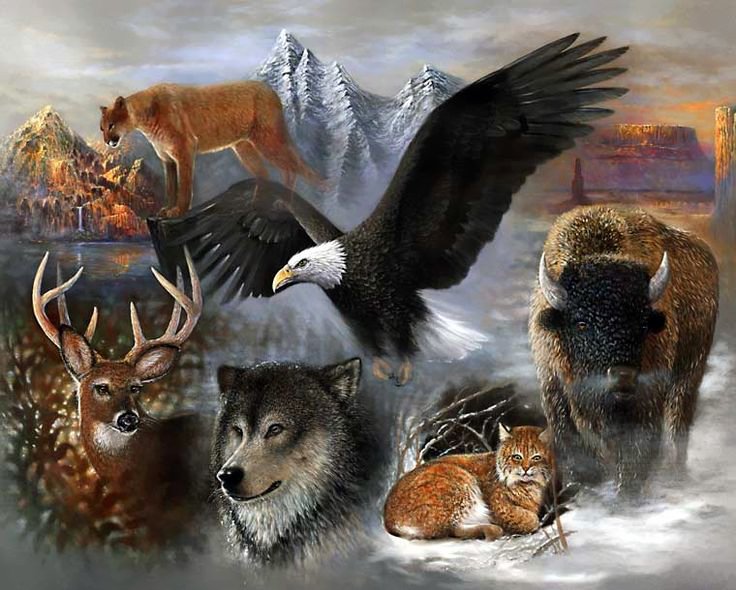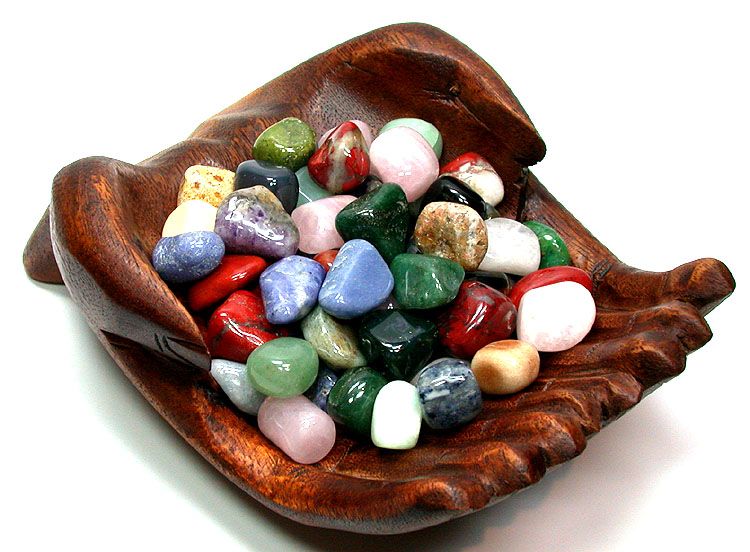
Maya people once dominated the region that is now eastern and southern Mexico, Guatemala, Belize, El Salvador, and western Honduras. Prior to the sixteenth century arrival of Europeans, they developed one of the most advanced Native American civilizations in the western hemisphere. Without metal tools, the Maya constructed massive stone pyramids and temples. They created stone sculptures and painted elaborate murals. They also recorded events in hieroglyphs, a form of pictorial writing. Their most complex achievements were in astronomy and mathematics. Maya used a numbering system and could complete abstract and complicated calculations. They developed a pair of interlocking calendars. One calendar was based on the position of the sun and contained 365 days. The other was a sacred 260-day almanac. Designation of any given day involved combining the name for the sun calendar day and the sacred almanac day.
The Maya culture's greatest period was from about year 300 to 900 AD. After that zenith, the Maya mysteriously declined in Guatemala's southern lowlands, but later their culture revived in the Yucatán Peninsula. There the Maya continued to dominate until the Spanish conquest. Today's Maya descendants still comprise a large segment of that region's population, living their lives as peasant farmers. They speak a mixture of Mayan and Spanish languages. One tribal group, the Lacandón people of Mexico, still makes pilgrimages to worship the ancient gods among the ruins of the pyramids and temples.
©2008-2025 CrystalWind.ca. All rights reserved.
No reproduction without written permission.
Crystal Wind wisdom since 2008—Awaken Your Soul!
#CrystalWind #SpiritualJourney #Awakening #Enlightenment
Imagine a world of inspiration and healing, free for all—made possible by YOU!
Donate Now—Ignite the Magic at CrystalWind.ca!

Epilepsy - Finding A Cure
Your donation can make a difference!
Help us find a cure – donate now!
Unlock Your Light: Join Lightworkers Worldwide on CrystalWind.ca!
Quake Watch
Follow Us!
ॐ Namasté - Blessings!
send out comes back."
© 2008-2024 crystalwind.ca. All rights reserved.
Who is Online Now
We have 40119 guests and no members online
Featured This Month
The Seven Chakras and their Meanings
If you could imagine chakras as circles of energy, flowing all the way throu... Read more
Bright Beltane Blessings!
The wheel turns to Beltane, also known as Mayday, marking the beginning of S... Read more
Sun in Taurus
Sun in Taurus April 21 through May 21 An Overview of Sun Sign Characteristi... Read more
The Time of No Time: Beltane!
Around the medicine wheel of life we go, from season to season (solstice to ... Read more
The Crystal Wind Oracle Card Deck
The Crystal Wind Oracle™ The Crystal Wind Oracle Myth & Magic Card D... Read more
Cartomancy - Fortune Telling Using Playing C…
Cartomancy is the act of divining using cards. Divining means to find out by... Read more
Frogs Return Moon
Beaver – Chrysocolla - Blue Camas – Blue April 20 – May 20 The Frogs Retur... Read more
Taurus Mythology
The Taurus Myth The story of Taurus is most vividly tied to the tale of Zeu... Read more






















































